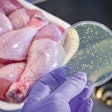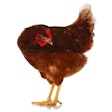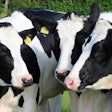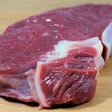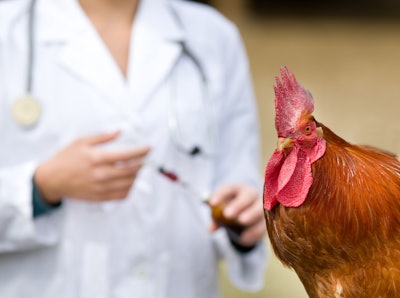
Food animal veterinarians (FAV) in the U.S. are in short supply which could have major consequences for the livestock and poultry industries, according to a report from Johns Hopkins University.
FAVs play a vital role in not only the health of livestock and the production of what we eat but also in “infectious disease surveillance, including for emerging zoonotic diseases, and through this, contribute to national and global health security,” according to the report.
How bad is the shortage?
The number of FAVs in the U.S. is 90% less compared to the number in the 1940s, but the number of livestock has always been increasing alongside population growth. And out of all veterinarians in the U.S., only 2% specialize in food animals.
Why is there a shortage?
Johns Hopkins highlights about five primary contributors to the shortage.
1. Student debt
With an average student loan debt of $200,000, graduating veterinarians are more likely to work for companion animal clinics in urban areas with higher pay and better benefits than for livestock in rural areas.
2. Aging workforce
More and more FAVs are retiring, and there are not enough new veterinarians to take their place.
3. Lack of diversity
Food animal medicine is a white, male-dominated field, but the number of male veterinarian students has decreased by 80% since the 1970s, according to the report. Today, women make up the majority of veterinarians in the U.S., but there are still barriers to them working in food animal medicine.
“A female veterinarian may feel intimidated by gender-biased farmers who may not accept a ‘girl vet’ or refuse to provide fair compensation,” according to Johns Hopkins. “Shaping large animal medicine to make women feel accepted, respected, and supported is an important factor in recruiting and retaining female veterinarians who will comprise most of the FAV workforce in the future.”
According to the 2021 Bureau of Labor Statistics, 93.3% of veterinarians are also white.
“With high academic costs and opportunities that favor homogeneity, students from minority groups will have less equitable access to entering the veterinary profession,” the report added.
4. Lack of funding
Veterinary schools have a higher incentive to direct their funding to companion animal medicine rather than food animal medicine, so the opportunity for students to learn food animal medicine can be limited.
5. Workforce burnout
Similar to other medical fields, veterinarians are at a high risk for burnout and mental health crises.
According to a survey conducted by the American Veterinary Medical Association, “66% feel overworked, 38% desire to leave the profession, and only 30% would recommend a career in veterinary medicine.”
And one in every six veterinarians has contemplated suicide.
What are the consequences of a vet shortage?
Johns Hopkins lists a series of consequences that could be brought on by a veterinarian shortage:
· With reduced disease surveillance, a veterinarian shortage could lead to an increase in animal and human pandemics, especially since two-thirds of emerging infectious diseases originate from animals.
· A lack of FAVs could result in antibiotic misuse, increasing the likelihood of antibiotic resistance in the future.
· An FAV shortage also compromises animal welfare.
· And a rural community without FAVs can more easily fall victim to infectious diseases as well as experience decreased production, which will negatively impact producers’ bottom line and subsequently the local economy.






